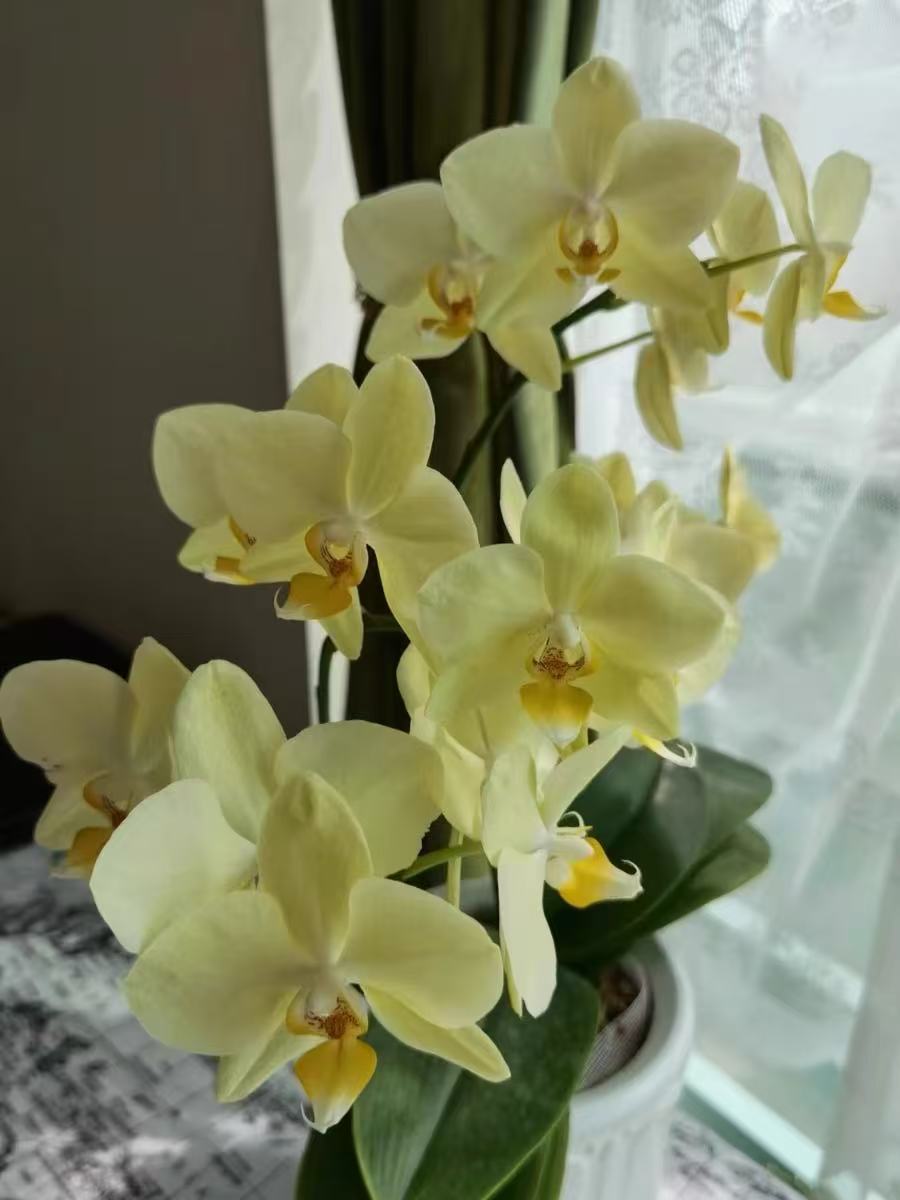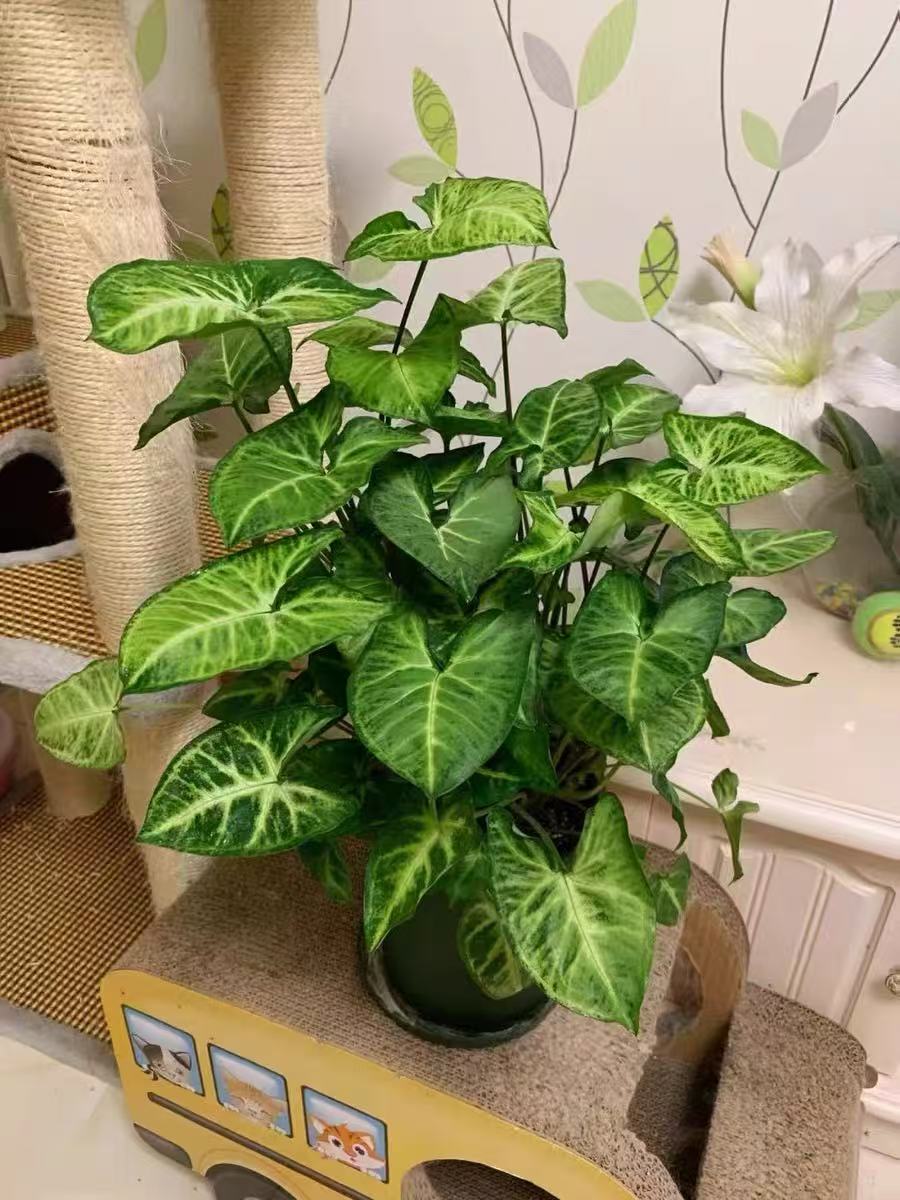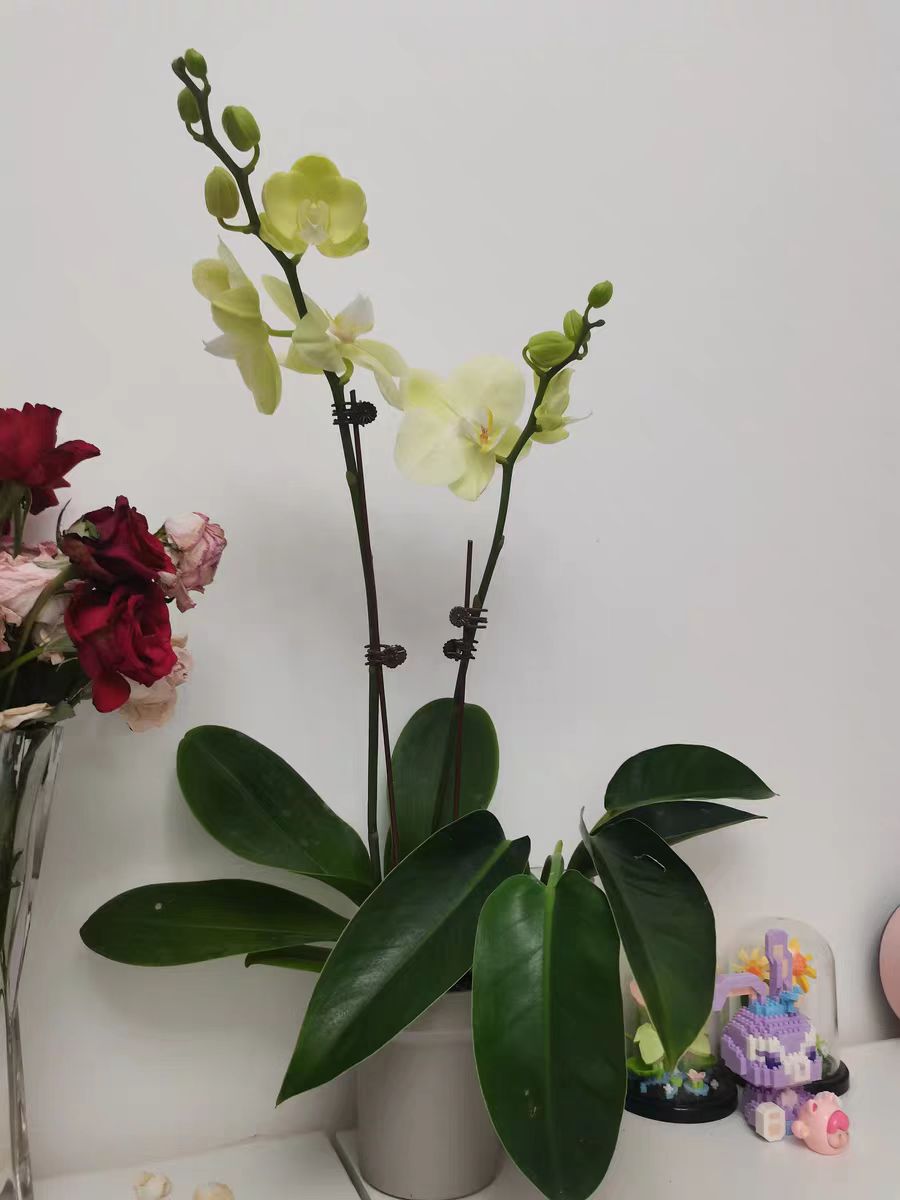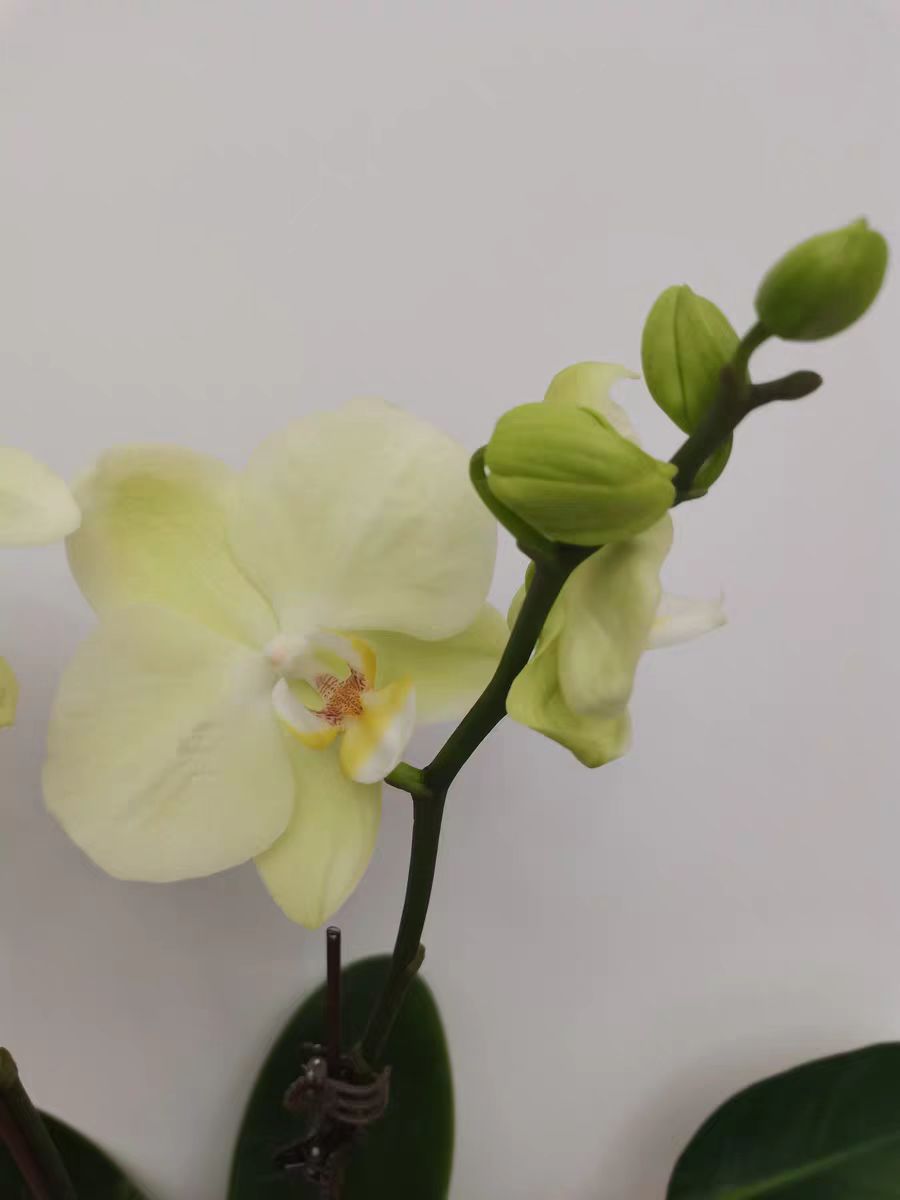If you want the Phalaenopsis in your home to propagate more new seedlings, plant division becomes an important means of propagation. Below, we will provide a detailed analysis of the correct method for dividing Phalaenopsis plants.
Preparations before Plant Division:
Choose the Right Time: It is best to divide Phalaenopsis plants in spring or autumn. These two seasons are the periods of vigorous growth for the plants, which is conducive to the growth and recovery of the new plants. The late spring and early summer is also a good choice. At this time, the temperature is moderate, which is beneficial to the recovery of Phalaenopsis after division.
Prepare Tools: Before carrying out the plant division, the following tools need to be prepared: a clean and sharp pair of scissors or a small knife, carbendazim or potassium permanganate solution for disinfection, flower pots, and a substrate suitable for the growth of Phalaenopsis (such as sphagnum moss, bark, fern roots, etc.).
Steps of Plant Division:
Take out the Phalaenopsis Plant: Gently dig out the entire Phalaenopsis plant and carefully remove the soil attached to the roots to avoid damaging the root system. At this time, you can clearly see the root system and pseudobulbs of the Phalaenopsis.
Divide the Plant: Use a disinfected pair of scissors or a small knife to divide the plant along the base of the root system or pseudobulbs of the Phalaenopsis. When dividing, make sure that each new seedling has sufficient roots and at least 2-3 healthy and plump pseudobulbs to ensure its survival rate and growth rate.
Disinfection Treatment: The cut surface of the divided plant may be infected by pathogens. Therefore, it is necessary to disinfect the cut surface with carbendazim or potassium permanganate solution. After disinfection, place the plant in a ventilated place to dry, to prevent rotting due to excessive moisture.
Replanting:
Prepare the Substrate: Phalaenopsis likes to grow in a loose, breathable, and well-drained substrate. Therefore, you can choose materials such as sphagnum moss, bark, and fern roots as the cultivation substrate, mix them evenly and fill them into the flower pot.
Plant the Seedlings: Plant the dried Phalaenopsis divided seedlings separately in the prepared substrate. Pay attention to keeping the roots stretched out, and do not bend or fold them. After planting, gently compact the substrate to make the plant stable.
Later Maintenance:
Watering and Moisture Retention: The divided Phalaenopsis plants need an appropriate amount of water, but not too much to avoid rotting. Do not water the plants within 2-3 days after planting, and then gradually resume normal watering. At the same time, keep the substrate moist, but do not let water accumulate.
Light and Temperature: Phalaenopsis likes sufficient light, but in the few days after division, it is necessary to avoid direct sunlight to prevent damage to the plants. In terms of temperature, maintaining it at around 15-20°C is most conducive to the growth of Phalaenopsis.
Fertilization and Management: The divided Phalaenopsis plants should not be fertilized immediately. You can start fertilizing gradually after one month to promote the growth of the plants. In daily management, pay attention to regularly observing the growth of the plants and deal with problems such as diseases and pests in a timely manner.
Through the above steps, we can successfully carry out the division and propagation of Phalaenopsis plants. I hope it can help friends who like Phalaenopsis, so that while you enjoy the fun of growing flowers, you can also experience the sense of accomplishment of propagating new seedlings.
How to Divide Phalaenopsis Plants?

Share with
Tagged in :




Leave a Reply